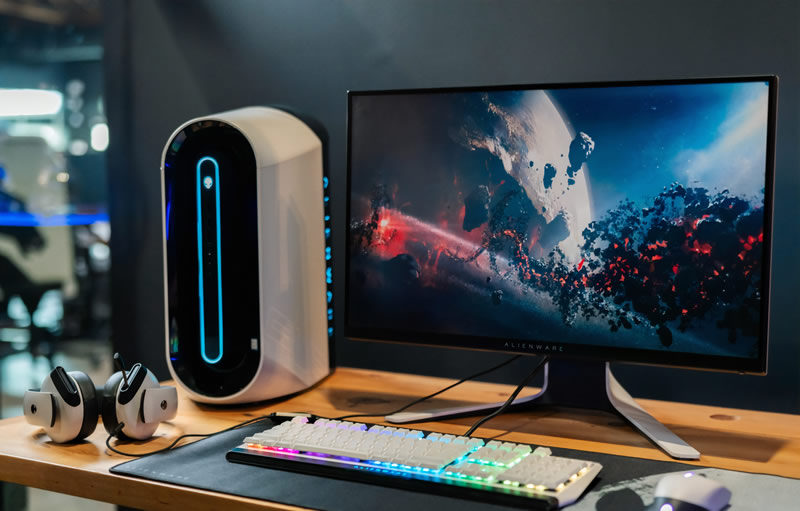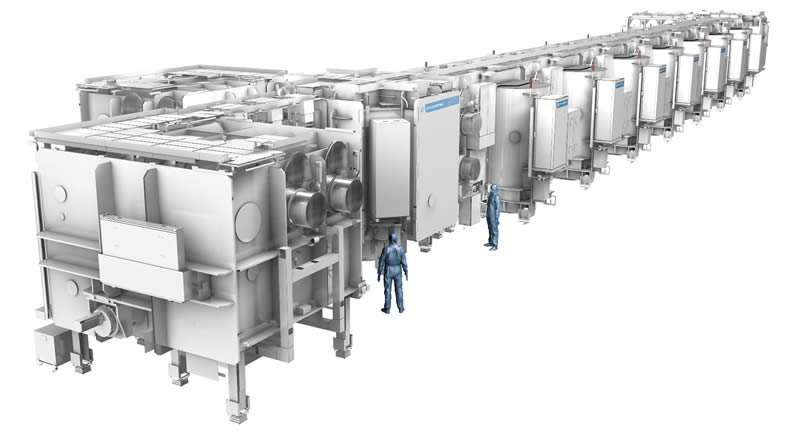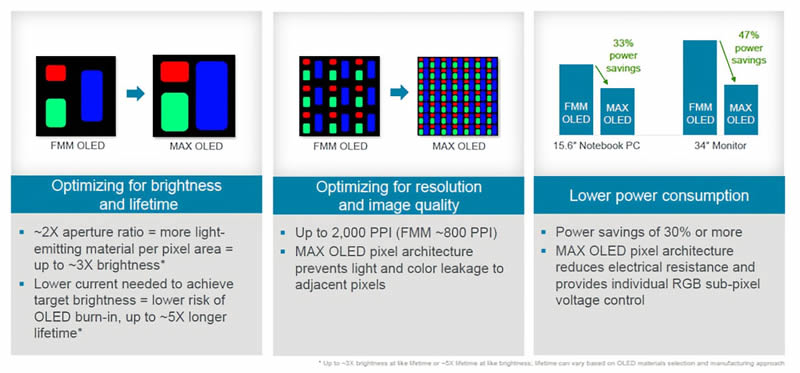Applied Materials announced the introduction of new MAX OLED technology, which can significantly improve the performance of OLED displays, promising to make screens brighter, more durable and more cost-effective, as well as easier to manufacture. The technology has already attracted the attention of industry leaders such as Samsung Display, Visionox and Japan Display.

Image Source: Alienware/Unsplash
With MAX OLED technology, manufacturers will be able to create OLED panels of any size within a single fab, making scaling easier and cheaper. According to FlatpanelsHD, the new method can increase display brightness by three times, increase pixel density to 2000 PPI (2.5 times higher than current levels), and increase screen lifespan five times. In addition, energy consumption can be reduced by more than 30%. These improvements open up broad prospects for the mass adoption of OLED in devices such as tablets, smartphones, PC monitors and TVs, where the technology has so far had limited use.

Image source: applied materials
A key feature of MAX OLED is the transition from Gen 6 to Gen 8 production glass, which is twice the size, significantly reducing display production costs. However, to implement the technology, manufacturers will need to invest heavily in new equipment. According to the analytical company DSCC, the cost of such solutions from Applied Materials will be at least $500 million.

Image source: applied materials
Samsung Display has already confirmed its participation in the project. “The consumer electronics industry has long awaited a breakthrough that will make OLED displays available on the hundreds of millions of tablets, PCs and TVs sold annually,” said Brian Shieh, vice president and general manager of Applied Materials. According to DSCC, Visionox and Japan Display will be the first to commercially produce MAX OLED displays using their ViP and eLEAP technologies.
Samsung Display, a leader in the production of RGB OLED displays, remains a key partner. “Partnering with Samsung Display, which has pioneered success with FMM technology and has the resources to rapidly expand production capacity, validates the potential of MAX OLED,” said Ross Young, CEO of DSCC. “This technology can scale from screens for AR/VR devices to OLED TVs of any size within a single factory if this desire is supported.”